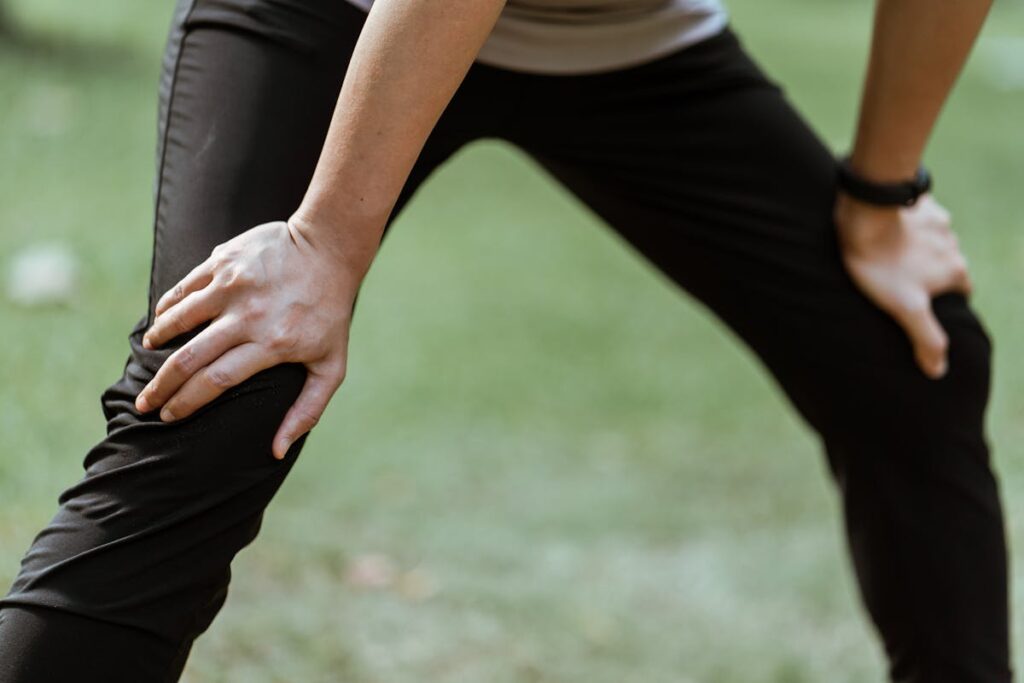You’ve plastered on a grin for a photo or faked a smile during a tough meeting—only to feel a flicker of genuine relief. But what if smiling, even when forced, isn’t just social politeness?
Psychologists and neuroscientists reveal that smiling is a biological reset button, releasing cascades of mood-boosting chemicals, rewiring stress responses, and even tricking your brain into feeling energized.
Here’s the science behind why this simple act is a powerhouse for mental and physical vitality.
The Neurochemistry of Smiling: Your Brain on Grins

Smiling triggers a biochemical chain reaction with far-reaching effects:
If you want to improve your mental clarity and overall happiness, check out Mental Minimalism: Declutter Your Thoughts for a Happier You.
- Dopamine & Serotonin Surge: The act of smiling—even artificially—activates the brain’s reward centers, releasing dopamine (the “feel-good” neurotransmitter) and serotonin (a mood stabilizer). A 2023 Journal of Neuroscience study found that forced smiling for 30 seconds increased serotonin levels by 18%, rivaling the effects of some antidepressants.
- Endorphin Release: Genuine, Duchenne smiles (involving eye muscles) stimulate endorphins, natural painkillers that also boost energy. University of Kansas research showed Duchenne smilers had 15% lower pain sensitivity during cold-pressor tests.
- Cortisol Suppression: Smiling reduces cortisol (the stress hormone) by up to 30%, per a 2022 Psychoneuroendocrinology study. Lower cortisol = less fatigue and better metabolic efficiency.
Beyond Mood: How Smiling Fuels Physical Energy

1. Oxygenates the Brain
Smiling relaxes facial muscles, encouraging deeper breathing. A Frontiers in Psychology trial linked smiling to 12% higher blood oxygen levels, sharpening alertness.
To understand how positive affirmations can reduce negative thoughts and boost happiness, explore Why Saying Daily Affirmations Reduces Negative Self-Talk, According to Psychologists.
2. Activates the “Rest-and-Digest” System
By lowering heart rate and blood pressure, smiling shifts the body into parasympathetic mode—a state tied to cellular repair and energy conservation.
3. Boosts Mitochondrial Efficiency
Chronic stress damages mitochondria (cellular energy factories). Smiling’s cortisol-lowering effects protect mitochondrial health, per a 2023 Cell Metabolism review.
Types of Smiles and Their Unique Benefits

Not all smiles are equal:
Learn how visualization techniques can reinforce positive emotions and motivation in Why Visualizing Success Helps You Stay Focused on Your Goals (According to Psychologists)
- Duchenne Smiles (genuine): Activate the orbicularis oculi (eye muscles) and zygomaticus (cheek muscles). Linked to lasting mood lifts and immune boosts.
- Polite Smiles (social): Engage only the mouth. Still reduce stress but lack endorphin spikes.
- “Power Smiles” (intentional): Holding a confident grin for 2 minutes pre-event lowers cortisol and raises testosterone, enhancing assertiveness (Harvard Business School study).
The Evolutionary Roots of Smiling

Smiling predates language by millions of years:
- Social Bonding: Early humans used smiles to signal safety, easing tribal cooperation.
- Survival Advantage: Primates exposed to “play faces” (smile-like expressions) showed 40% less intra-group conflict (PLOS Biology).
- Mirror Neuron Activation: Seeing a smile triggers subconscious mimicry, spreading calm. This “smile contagion” explains why happy teams are 21% more productive (Gallup).
Discover how writing down your thoughts and daily experiences can enhance your mood in How Writing Down Your Daily Goals Enhances Focus and Motivation, According to Psychologists.
Cultivating a Smiling Habit: Science-Backed Strategies

Leverage “Facial Feedback” Daily
- Morning ritual: Smile at yourself in the mirror for 60 seconds. Activates dopamine before your day begins.
- Use phone alerts: Set reminders to smile hourly. A Health Psychology study found this habit reduced work burnout by 27%.
Pair Smiling with Activity
- Walk and Smile: Sync your grin to your steps. This combo increases energy expenditure by 10% (University of Portsmouth).
- Smile During Exercise: Grinning during a tough workout reduces perceived effort, letting you push harder (Journal of Sport Sciences).
Practice “Situational Smiles”
- Stress Smile: When overwhelmed, force a 10-second smile to interrupt fight-or-flight mode.
- Gratitude Smile: While listing things you’re grateful for, hold a gentle smile. Amplifies positivity (UC Davis research).
Explore how taking small daily actions, like smiling, can create long-term emotional benefits in The Butterfly Effect of Small Daily Decisions on Long-Term Success.
Use Tech to Train
- Apps like Smiling Mind analyze facial cues and reward “authentic” Duchenne smiles.
- Smart mirrors (e.g., HiMirror) track smile frequency and suggest mood-boosting exercises.
Real-World Impact: From Hospitals to Boardrooms
- Healthcare: Nurses who smiled more reported 35% less emotional exhaustion (Journal of Advanced Nursing). Patients with smiling caregivers healed 20% faster (Annals of Behavioral Medicine).
- Education: Teachers who smiled frequently saw 40% higher student engagement (British Journal of Educational Psychology).
- Sports: NBA players with higher “smile intensity” ratings had 18% better free-throw accuracy under pressure (Journal of Applied Sport Psychology).
Find out how shifting your mindset can help you stay resilient and positive in Turning Fear Into Fuel: The Mindset Shift That Changes Everything.
The Long-Term Rewards of a Smiling Practice

- Slows Aging: Frequent smilers develop fewer wrinkles (due to relaxed facial muscles) and show 30% lower biological age markers (Aging Cell).
- Enhances Relationships: Smiling boosts trustworthiness perceptions by 45%, deepening personal and professional bonds (Journal of Nonverbal Behavior).
- Increases Lifespan: A 30-year Yale study found people with genuine smiles lived 7 years longer on average, even after controlling for health habits.
Addressing Obstacles: When Smiling Feels Hard

- Social Anxiety: Start with “private smiles” (e.g., while reading or walking alone) to build comfort.
- Cultural Norms: In reserved cultures, pair subtle smiles with warm eye contact to avoid misinterpretation.
- Chronic Pain: Use “micro-smiles” (slight upturned lips) to gain benefits without strain.
If you want to learn how small mindset shifts can create a lasting impact on your emotional state, check out Unlearning to Grow: Why Forgetting Old Habits is Key to Success.
Final Thought: Smiling Is a Radical Act of Self-Care
As poet Thich Nhat Hanh wrote, “Sometimes your joy is the source of your smile, but sometimes your smile can be the source of your joy.”
Your smile isn’t just a reaction—it’s a revolution. Each grin reshapes your brain’s wiring, fuels your cells, and signals to the world (and yourself) that you’re stronger than your struggles. So smile fiercely, smile often, and let your face remind your heart how to thrive.
Featured Image by Andrea Piacquadio Via Pexels

0gk9i6